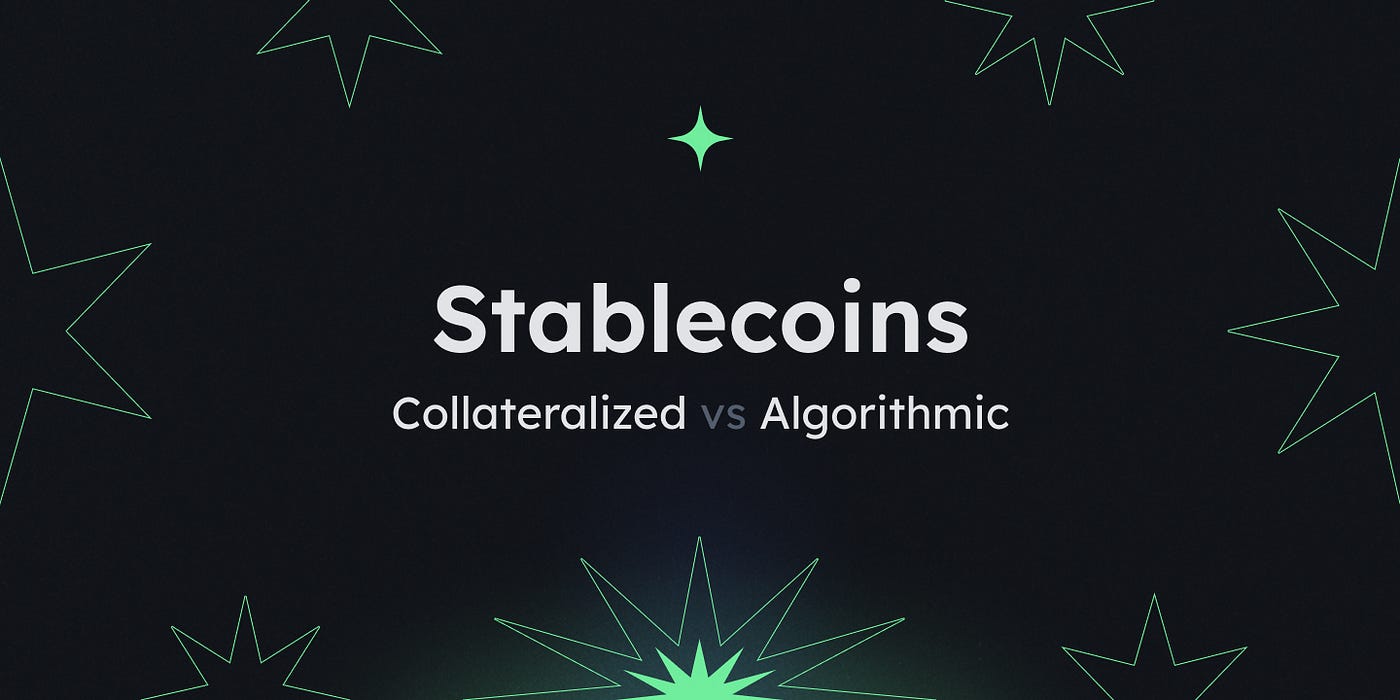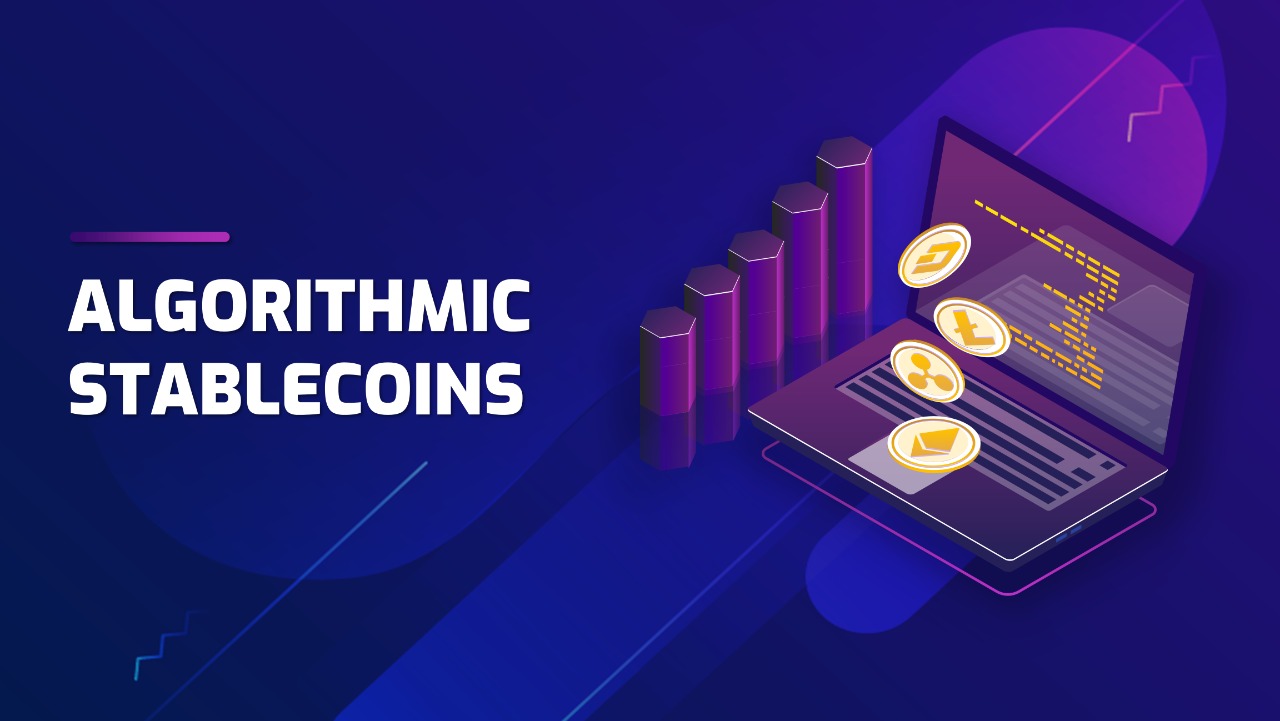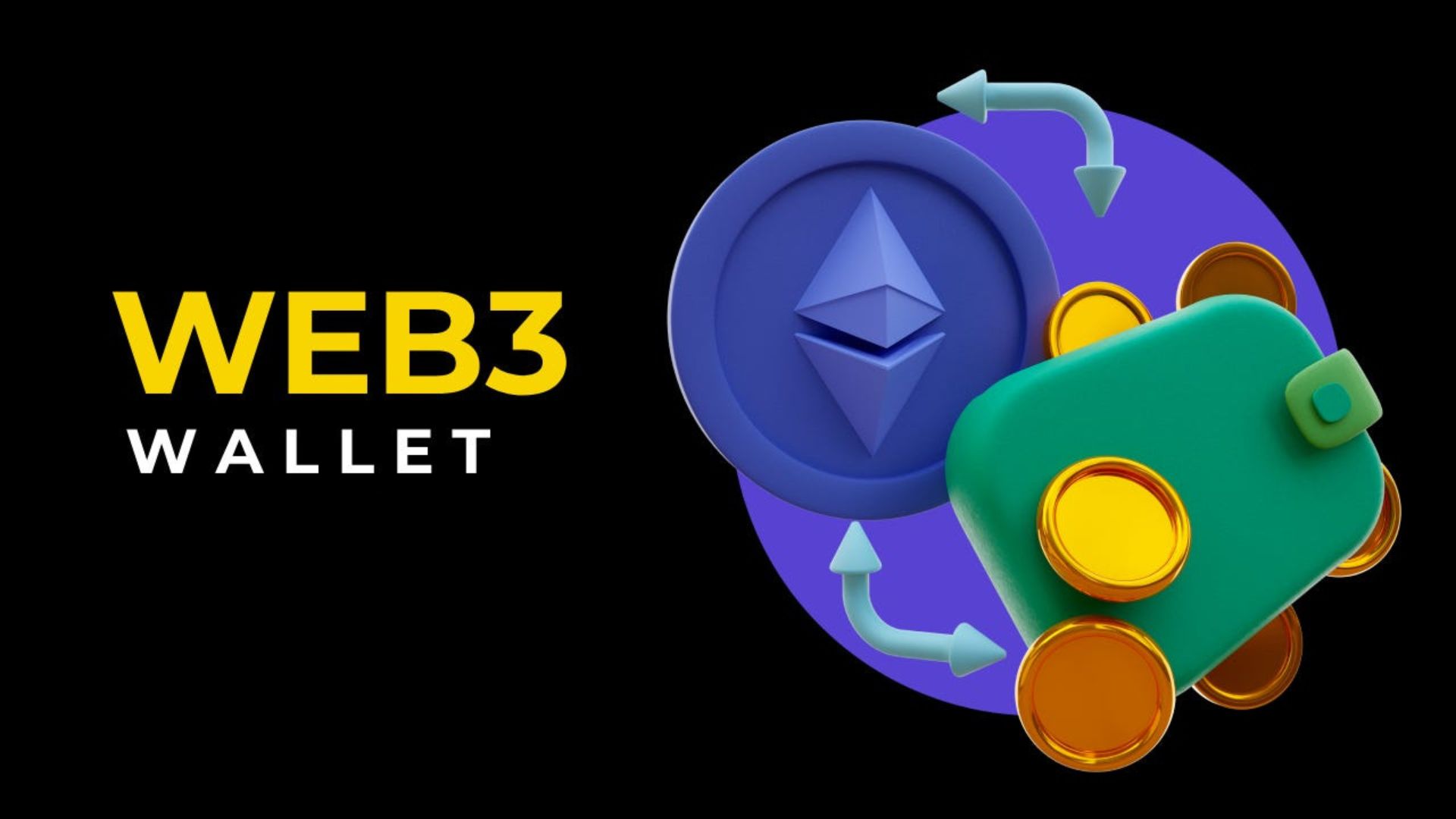Algorithmic vs. Collateralized Stablecoins: What the Difference?

Algorithmic vs. Collateralized Stablecoins: What the Difference? In contrast to stablecoins that have historically been tethered to external assets like fiat currency, algorithmic stablecoins are decentralized and built into the cryptocurrency. To reduce the impact of price fluctuations, these stablecoins use algorithms and smart contracts to dynamically alter the supply of the coin based on market demand. Two examples of algorithmic stablecoins are TerraClassicUSD (TerraUSD) and Ampleforth (AMPL).
However, the Terra ecosystem’s demise demonstrated that algorithmic stablecoins are not risk-free. When the value of the decentralized finance (DeFi) platform’s proprietary algorithmic stablecoin, TerraUSD (USDT), plummeted, problems arose. In response, Terra’s developer proposed a new blockchain named Terra 2.0 and abandoned the algorithmic stablecoin strategy. While UST became USTC and LUNA became LUNA Classic (LUNC), the original blockchain was dubbed Terra Classic. This crash significantly impacted the cryptocurrency industry by revealing the dangers of algorithmic stablecoins.
After Terra’s demise, the Frax community switched to a fully collateralized stablecoin. The governance community approved removing the algorithmic component and raising the collateral ratio of Frax’s stablecoin to 100% in February 2023. Frax has fully embraced collateralization, moving away from its reputation for limited collateral backing and smart contract algorithms. This change in strategy solidifies Frax’s place as an ideologically on-chain stablecoin in the cryptocurrency arena, both highly scalable and tied to the US dollar.
Various Algorithmic Stablecoin Models

In response to the need for stability in unpredictable market conditions, algorithmic stablecoin concepts have surfaced within the vast and varied cryptocurrency ecosystem. Some algorithmic stablecoin models are illustrated here:
Seigniorage-style stablecoins
The seigniorage structure allows these stablecoins to respond to market conditions by increasing or decreasing the coin’s quantity. Before its shutdown, Basis was a prominent project in this space. Using an algorithmic stablecoin concept, Basis issued and redeemed three distinct tokens—Basis Coin (BAC), Basis Shares (BST), and Basis Bonds—to maintain a constant value. However, the Basis team has chosen to terminate the project because of the current regulatory climate and the uncertain position of these tokens about securities legislation.
Dual-token systems
In the algorithmic vs. Collateralized Stablecoins scheme, users hold both the stablecoin and a token that dampens price fluctuations. The secondary token, which often doubles as a governance token, gives its holders voting rights or a cut of the system’s earnings. TerraUSD (UST) and Terra (LUNA) functioned on this principle, with UST’s price volatility being mitigated by UST. Unfortunately, a vast sell-off followed the system’s collapse in May 2022 as confidence plummeted.
Rebase mechanisms
At regular intervals, the stablecoin’s supply is adjusted, or “rebased, ” according to its market price. When prices are too high, supply increases. The supply drops if it’s too low. The foundation of Ampleforth (AMPL) is this principle. It considers everyday market conditions while adjusting the number of its tokens. This technique aims to keep AMPL’s purchasing power rather than stabilize its price. When the price goes above the target, more tokens are issued; when the price goes below the target, some tokens are taken from circulation.
Collateralized debt position-based model
To mint the stablecoin, users must first provide collateral, which is typically another cryptocurrency. The system maintains its stability through measures such as liquidation and over-collateralization. Dai, MakerDAO’sDAI$1.00 is an example of this model, where users lock up Ether $2,326.30 and other approved cryptocurrencies to mint DAI.
Stablecoins that rely on algorithms and smart contracts have a unique procedure to maintain price stability. When the currency’s value deviates from the target value, the algorithm triggers devices to increase or decrease the supply of tokens. For instance, the algorithm may increase the supply of tokens in circulation if the stablecoin’s price rises above the peg. As a result, the price may fall and be closer to the peg again.
However, if the price falls below the objective, the algorithm may cut supply, leading to increased scarcity and a subsequent price increase. A restoration to the peg value for the stablecoin is the intended outcome of this automated change. Projects such as TeraClassicUSD and Ampleforth utilize these principles to construct a self-stabilizing system that does not necessitate direct collateralization. Algorithmic stablecoins are innovative but aren’t without risk; when markets are unstable, it makes you wonder how effective the algorithms are.
What are Collateralized Stablecoins, and How Do They Work?
The value of collateralized stablecoins is guaranteed not to change by linking them to a pool of underlying assets. These reserves typically consist of cryptocurrency, conventional fiat money, or a mix. Collateralized stablecoins come in many forms; one common one is a fiat-collateralized stablecoin, the value of which is linked to a fixed deposit of fiat currency. Algorithmic vs. Collateralized Stablecoins include tether ($T$1.00), USD Coin ($C$1.00), and TrueUSD (TUSD). These stablecoins use reserves pegged to the dollar to keep their value stable.
Another kind is crypto-collateralized stablecoins, such as MakerDAO’s DAI. This approach proposes a decentralized collateralized debt position (CDP) method to support stablecoins with a collection of different cryptocurrencies. CDP entails utilizing digital assets as collateral to create stablecoins or borrow money in a DeFi system. These collateralized stablecoins aim to merge the benefits of cryptocurrencies with price stability by utilizing collateral reserves.
Differences Between Algorithmic and Collateralized Stablecoins
Two separate methods exist for achieving stability in the volatile cryptocurrency market: algorithmic stablecoins and collateralized stablecoins. On the other hand, secured stablecoins keep their value constant by linking it to a pool of assets.
Advantages and Disadvantages of Algorithmic Stablecoins
An innovative way to maintain price stability in the cryptocurrency market is algorithmic stablecoins. They offer a clear advantage and a more decentralized global alternative to traditional collateral. In theory, algorithmic stability methods can achieve stability without huge reserves by dynamically adjusting token supplies based on market demand. On the other hand, algorithmic stablecoins aren’t risk-free. The success of these strategies depends on the accuracy of the underlying algorithm, which could be problematic in the event of sudden shifts in the market.
Furthermore, users may find it challenging to predict and understand how Algorithmic vs. Collateralized Stablecoins will respond to market fluctuations because of their potentially complicated nature. Despite their unique characteristics, algorithmic stablecoins require thorough investigation, risk assessment, and ongoing development to address vulnerabilities and fortify themselves against unpredictable market fluctuations.
Advantages and Disadvantages of Collateralized Stablecoins
Whether collateralized stablecoins (DAI or USDT) are backed by fiat or cryptocurrency, they all have advantages and disadvantages. Because their value is tied to the reserves of other cryptocurrencies or traditional fiat currencies, they provide a straightforward method for preserving price stability, which is favorable. Thanks to this direct collateralization, users can easily verify the assets backing the stablecoin, which promotes trust and openness.
However, there are specific problems with collateralized stablecoins. Regulators may look closely at fiat-collateralized stablecoins since they need trustworthy custodians to handle their reserves. Even though they are less centralized, consumers of cryptocurrency-collateralized stablecoins are nonetheless vulnerable to the market’s inherent volatility. It may also be challenging to keep a 1:1 peg, especially during extreme market volatility. The creation and use of collateralized stablecoins still hinge on striking the perfect mix between decentralization, stability, and risk reduction.
Future of Stablecoins
Stablecoins have a bright future ahead of them as the cryptocurrency industry develops. More clearly defined legislation will provide a stable platform for these digital assets, leading to greater use. With the support of sovereign bodies, central bank digital currencies (CBDCs) have the potential to become an essential component of the digital payment system. Algorithmic stablecoins may become more attack-resistant due to algorithmic improvements and new algorithms. Stablecoins will be pivotal in determining the direction of digital finance as the industry develops and solves present problems.





